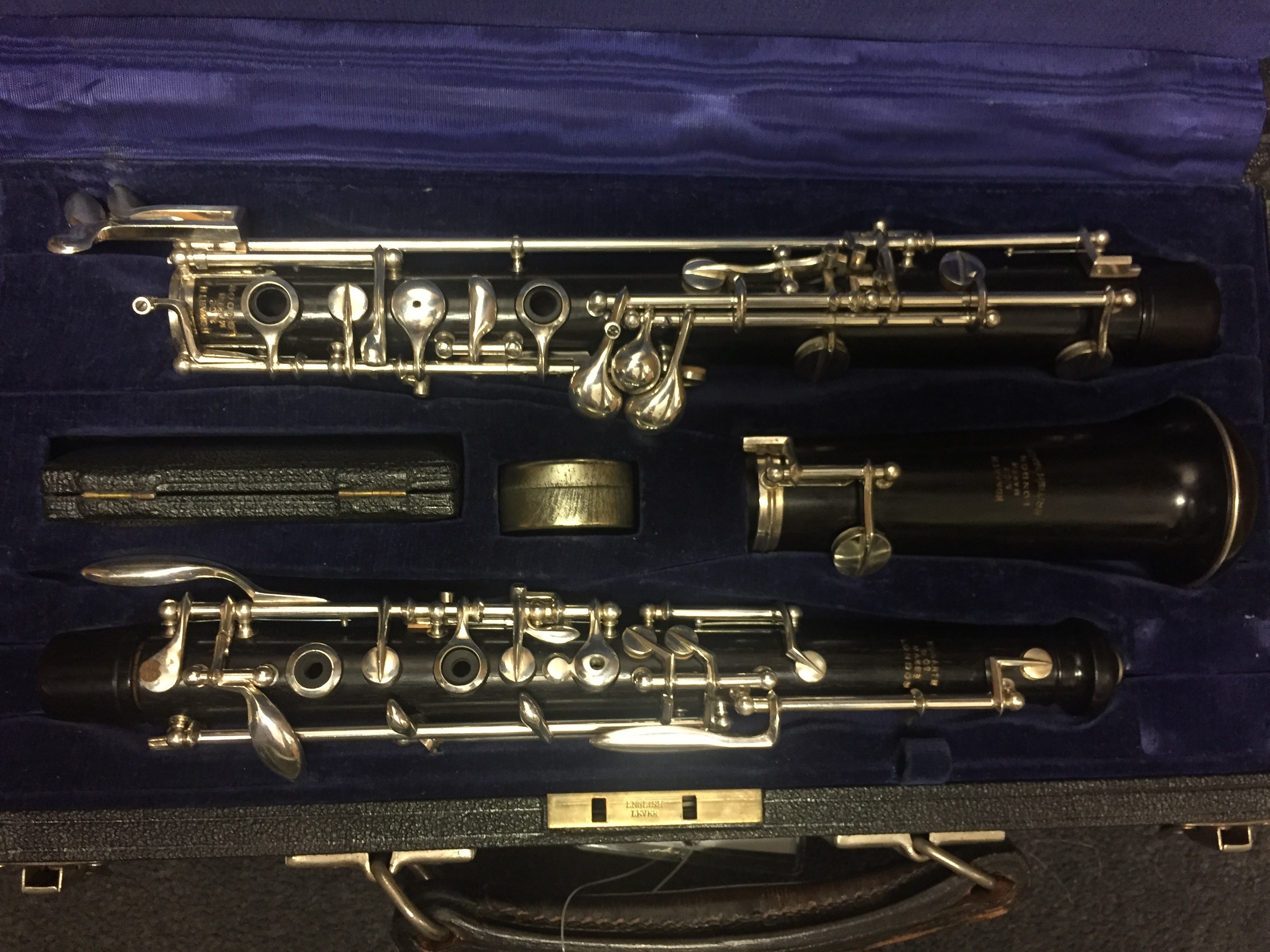Second-hand Open-holed Oboes
Looking to buy a new instrument? We have a selection of open-holed professional Howarth oboes on our second-hand list available for purchase.
Howarth S1 Oboe
Our original professional oboe model was the Howarth S1, a thumb-plate ring model oboe. It had a simple octave system, meaning its first and second octave keys were not linked. The first Howarth S1 oboe, with the serial number 1001, was purchased in 1948 by Edward Selwyn, who was the principal oboist of the BBC Symphony Orchestra at that time.
We currently have a second-hand Howarth S1 oboe available for sale. This instrument was manufactured in 1955, so is an early example of one of our first professional oboes.
Following the creation of the Howarth S1 oboe in 1948, three more oboe models were developed throughout the 1950s, the Howarth S2, S3, and S4. The ‘S’ stood for solid silver and continued to be used even when the use of nickel silver and silver plate became prominent in oboe manufacture.
The Howarth S2 was a more modern version of the S1, with semi-automatic octaves.
We currently have a second-hand Howarth S2 oboe available for sale. This instrument was manufactured in 1992, so it is a later example of this model. It has a left F key.
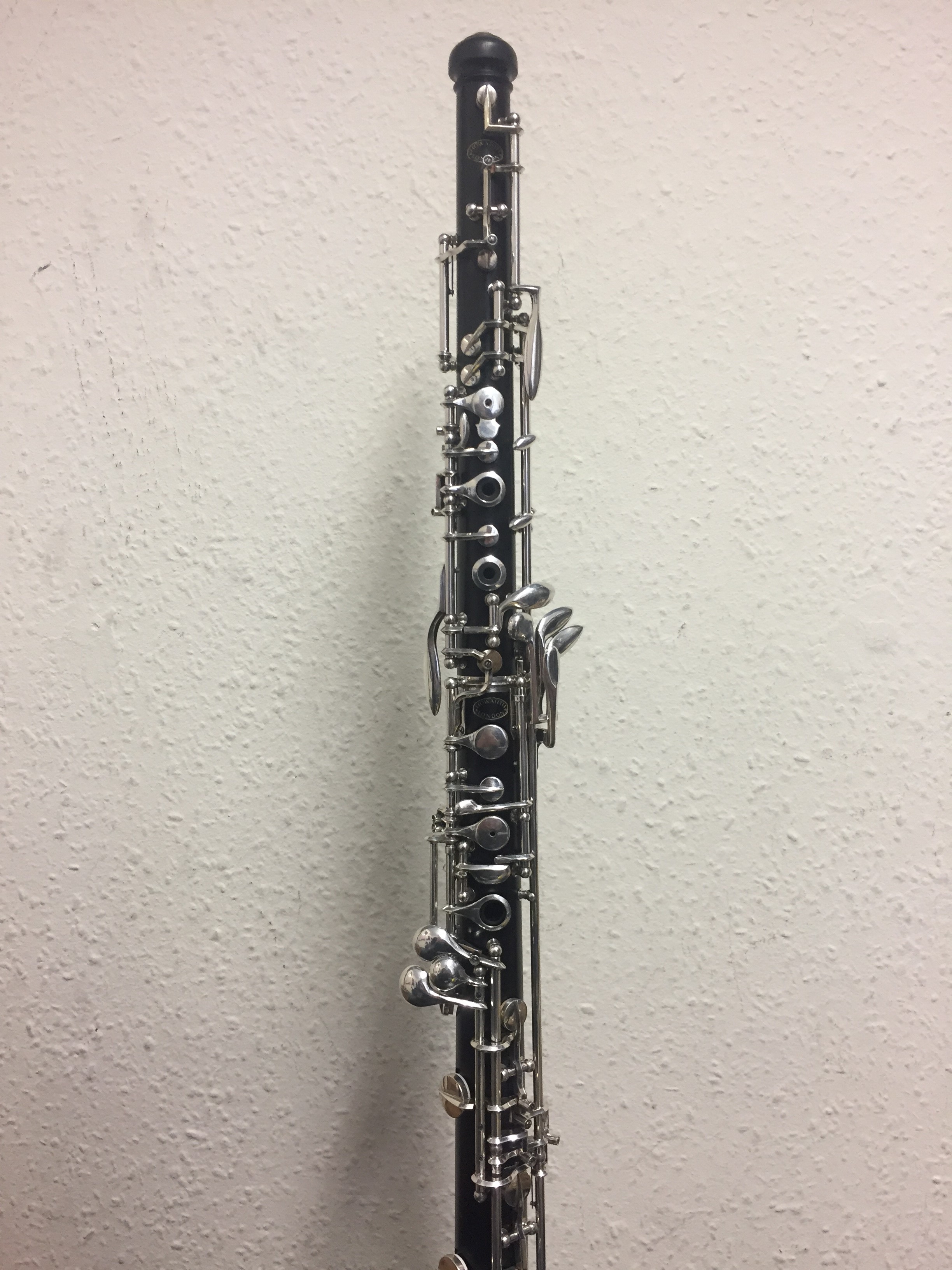
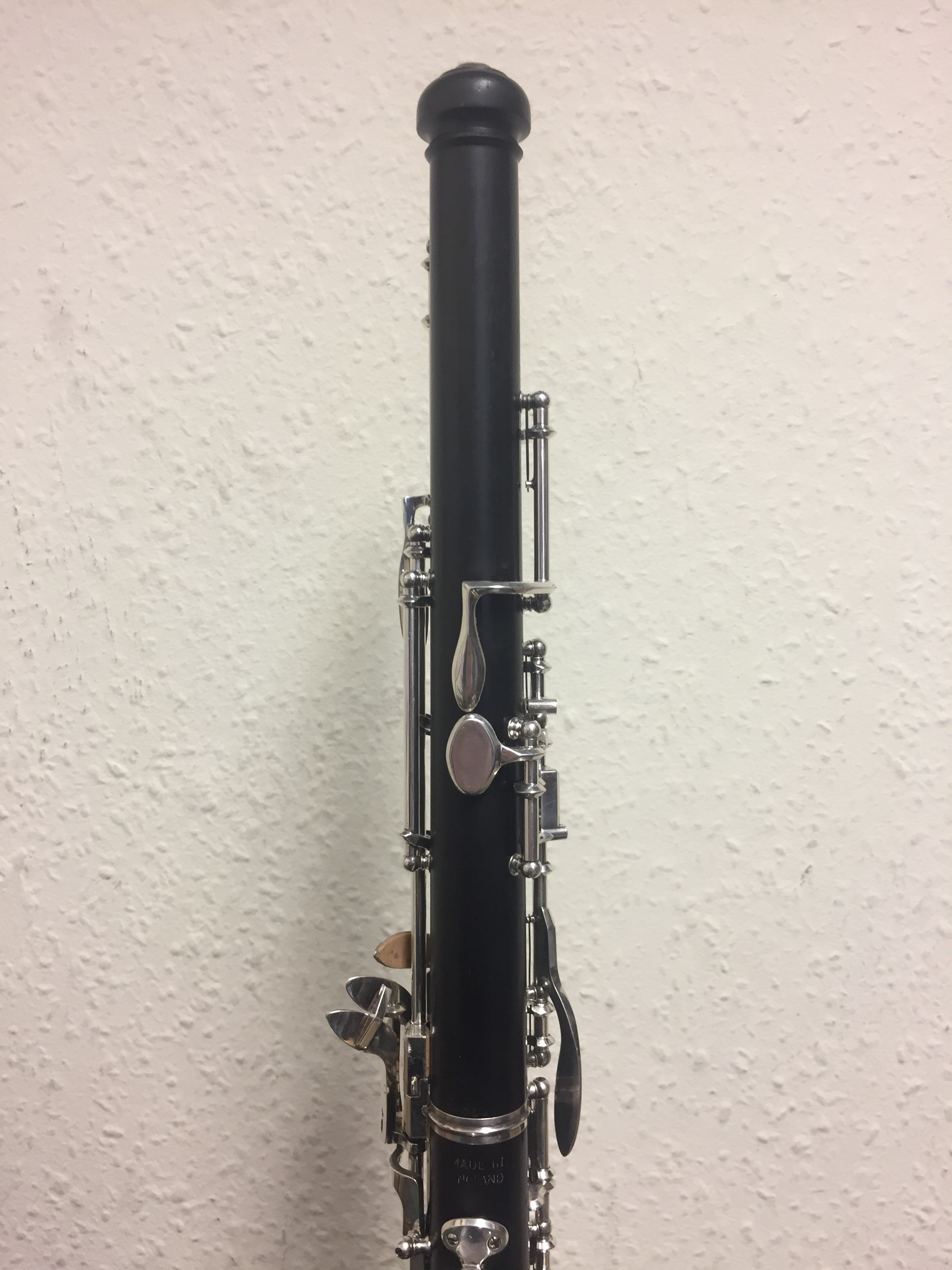
To view on our second-hand oboe list, visit here:
Howarth S3 Oboe
The Howarth S3 and S4 oboes were designed for our international market. The Howarth S3 had semi-automatic octaves like the S2, but was conservatoire system.
Today, whilst the most-played oboe system worldwide is the conservatoire system, English oboists largely favour the thumbplate system. An English thumbplate can be added to a conservatoire oboe, making the instrument dual-system.
We currently have a second-hand Howarth S3 oboe for sale, which has had a thumbplate added. It was manufactured in 1975.
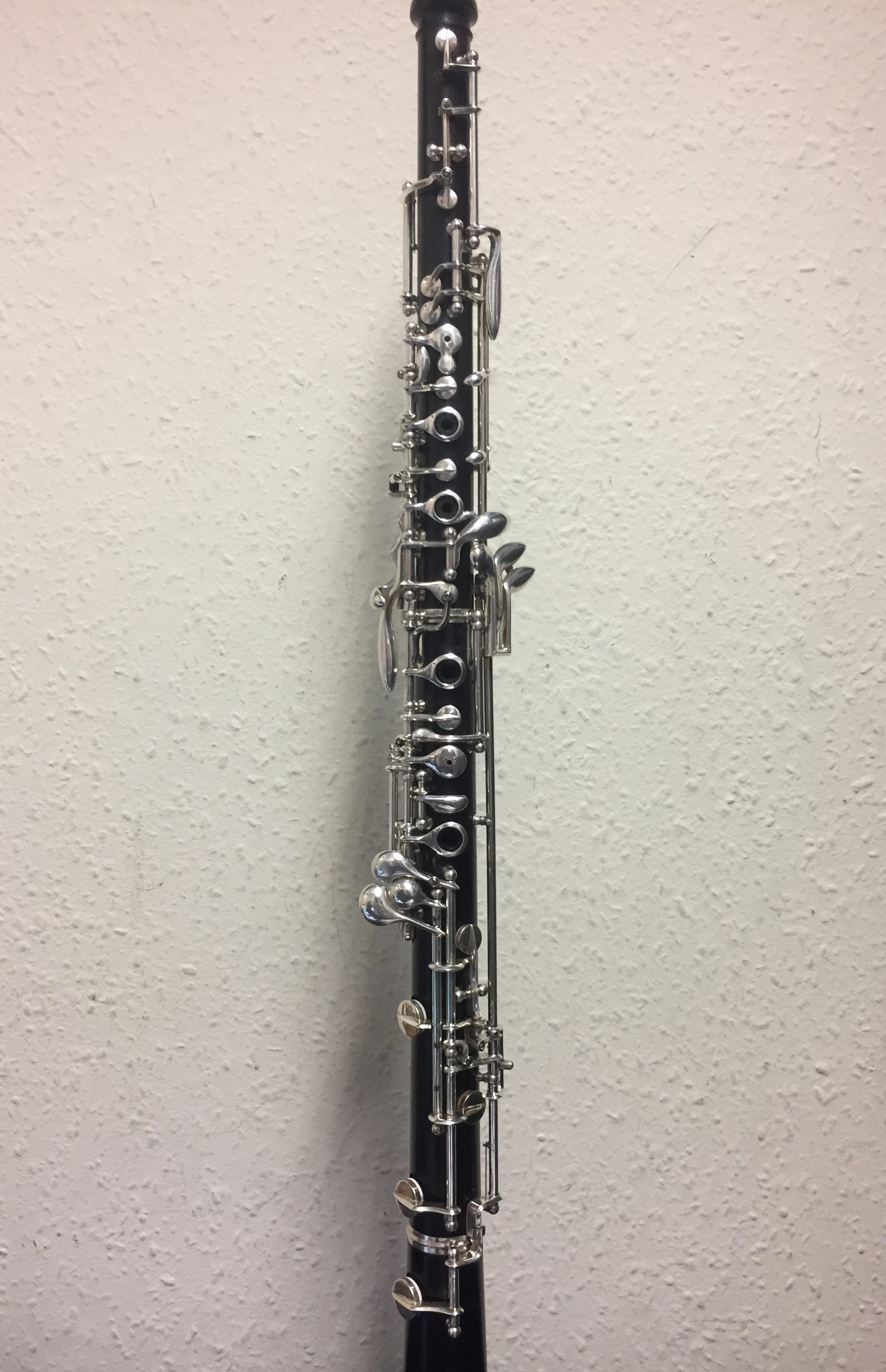
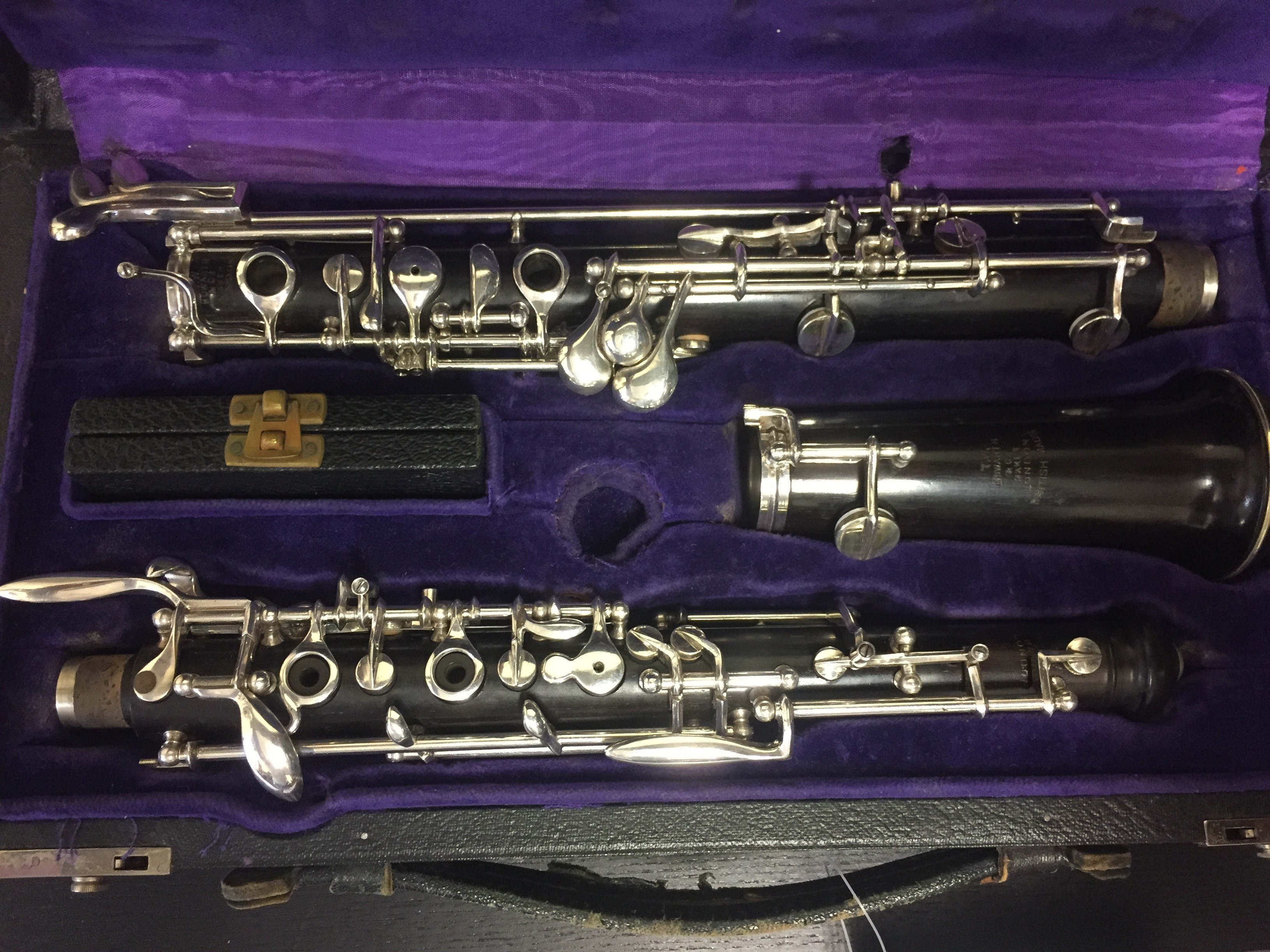
To view on our second-hand oboe list, visit here:
Who would an open-holed oboe be suitable for?
Over the past few decades, keywork that has come to be expected as standard on professional oboes has developed. Therefore, although the oboes described above have keywork specifications that would have been considered professional at their time of manufacture, they don’t have all of the features modern professional oboes usually have.
Although such keywork features, such as a third octave key, are not strictly required to reach a high standard on the oboe, they allow more fingering possibilities and make certain musical passages easier to play well.
Considering this, today an open-holed professional Howarth oboe may be suitable for use by an intermediate oboist. Playing an oboe with less keywork will benefit certain oboists due to the resulting reduced weight of the instrument, but it is also important to bear in mind that an open-holed oboe needs to be played by someone capable of properly covering the keys with their fingers.
For more information regarding any of the instruments listed above, or to purchase or book an appointment to trial one of the oboes mentioned, please contact an Oboe Specialist at [email protected] or call 020 7935 2407.
Bethany Craft, Oboe Specialist – Howarth of London


